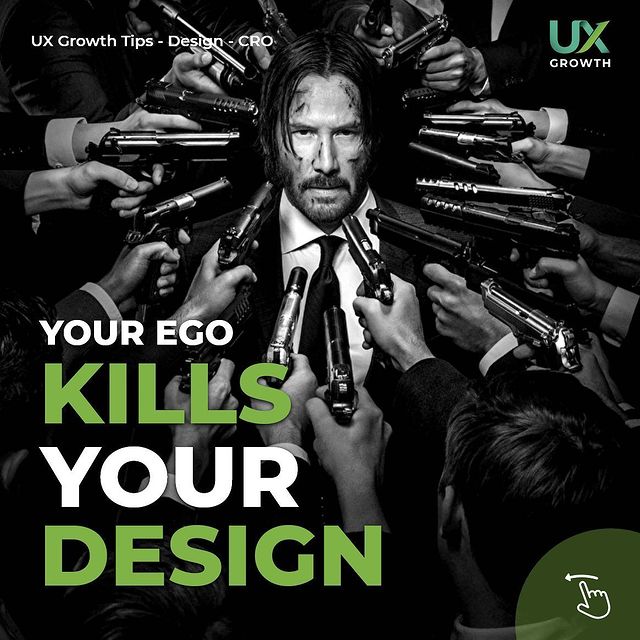Working with Your Users: The Key to Successful Design Projects
User centered design involves collaborating with users throughout the project, ensuring their needs and preferences are met. This approach focuses on understanding user requirements and incorporating feedback for successful outcomes. By involving users in all project stages, from analysis to implementation, user centered design fosters effective and user-friendly solutions.
Understanding User Centered Design
Importance of User-Centered Approach
A user-centered approach is crucial in design projects as it prioritizes the needs and preferences of the users. By putting users at the forefront of decision-making, designers can create more effective and user-friendly products and services.
The Philosophy Behind User Centered Design
The philosophy of user-centered design revolves around the idea of involving users throughout the project lifecycle. It emphasizes understanding user behaviors, motivations, and expectations to deliver solutions that truly resonate with them.
Benefits of User Involvement Throughout the Project
Engaging users in all stages of the project offers various benefits, such as improved usability, increased user satisfaction, and higher chances of project success. By incorporating user feedback and insights, designers can create products that truly meet user expectations.
Implementing User Centered Design
Implementing user-centered design involves engaging users in various stages of the project to ensure their needs and preferences are considered throughout the process.
Involving Users in Requirements Analysis
- Engage users early on to gather insights about their needs and expectations.
- Collaborate with users to define project requirements and objectives.
- Consider user feedback in the development of project specifications.
Prototyping and Testing with Real Users
Prototyping involves creating initial versions of the product to gather feedback from real users through testing and evaluation.
- Develop prototypes based on user input and feedback to ensure alignment with user expectations.
- Conduct usability testing with real users to identify areas for improvement and refinement.
- Iterate on prototypes based on user feedback to enhance user experience and functionality.
Collecting and Incorporating User Feedback
Collecting user feedback is crucial for refining the design and ensuring that the final product meets user expectations.
- Implement feedback mechanisms to gather user insights at various project milestones.
- Analyze user feedback to identify trends, pain points, and areas for enhancement.
- Incorporate user feedback into the design process to iterate and improve the product.
Factors Influencing User-Centered Design
Understanding the key factors that influence user-centered design is crucial for creating successful and user-friendly products and services. By focusing on empathy, collaboration, user experience, and expert perspectives, designers can ensure that their solutions meet user needs effectively.
Empathy and Collaboration with Users
Empathy plays a vital role in user-centered design, as it allows designers to connect with users on a deeper level and understand their perspectives, needs, and challenges. By fostering a collaborative relationship with users, designers can gather valuable insights, feedback, and ideas that inform the design process and lead to more impactful solutions.
Importance of User Experience in Design
User experience (UX) is a critical factor in user-centered design, as it focuses on creating intuitive, seamless, and enjoyable interactions for users. By prioritizing UX, designers can enhance user satisfaction, engagement, and loyalty, ultimately leading to higher conversion rates and business success.
Donald A. Norman's Perspective on User-Centered Approach
Donald A. Norman, a renowned authority in design, emphasizes the significance of a user-centered approach in creating meaningful and effective products. Norman advocates for involving users throughout the design process, from ideation to implementation, to ensure that the final products align with user preferences and expectations.
User-Centered Design Best Practices
When it comes to user-centered design, following best practices is key to ensuring the success of your projects. By prioritizing the needs and preferences of your users, you can create products and services that truly resonate with your target audience. Here are some essential best practices to keep in mind:
Personalization and Customization for Users
- Offer personalized recommendations based on user behavior and preferences.
- Allow users to customize their experience to suit their individual needs.
- Provide options for personalization without overwhelming the user with choices.
Continuous Communication with Users
- Stay in regular contact with your users to gather feedback and insights.
- Update users on any changes or improvements made based on their feedback.
- Engage with users through surveys, polls, and other interactive channels to maintain a dialogue.
Balancing User Needs with Business Goals
- Ensure that user needs are at the forefront of your decision-making processes.
- Align user preferences with the overall objectives and goals of your business.
- Find a balance between user satisfaction and achieving business outcomes for long-term success.
By incorporating these best practices into your user-centered design approach, you can create products and services that not only meet user expectations but also drive business growth and success. Prioritizing user needs and preferences will lead to higher satisfaction levels and ultimately improve conversion rates.
Successful User-Centered Design Case Studies
Exploring real-world examples of companies that have successfully implemented User-Centered Design (UCD) provides valuable insights into the impact of this approach on their products and services. By prioritizing user feedback and involvement, these companies have achieved tangible benefits in terms of customer satisfaction and conversion rates. Let's delve into some compelling case studies that showcase the effectiveness of UCD:
Examples of Companies Embracing UCD
- A leading e-commerce platform revamped its website layout based on user preferences, resulting in a significant increase in user engagement and conversion rates.
- A popular mobile app redesigned its navigation menu after conducting user testing, leading to a notable decrease in bounce rates and higher retention rates.
- An online subscription service tailored its content recommendations algorithm to align with user interests, leading to a remarkable boost in user satisfaction and subscription renewals.
Impact of User-Centered Design on Conversion Rates
When companies prioritize user satisfaction and usability in their design process, they often witness a positive impact on conversion rates. By aligning product features and interfaces with user expectations, companies can increase user engagement, reduce bounce rates, and ultimately drive conversions. Several case studies have demonstrated that a user-centric approach can directly contribute to improved conversion rates, highlighting the strategic advantage of focusing on user needs.
Lessons Learned from Successful UCD Implementations
- Consistent user feedback and testing are key drivers of successful UCD implementations, enabling companies to iterate on design solutions and refine user experiences iteratively.
- Empathy and collaboration with users throughout the design process are crucial for understanding user behavior and preferences, leading to more effective design decisions and solutions.
- Balancing user needs with business goals is essential for achieving long-term success with UCD, as it ensures that design decisions align with both user expectations and organizational objectives.



